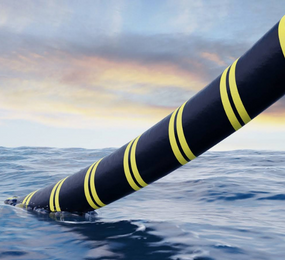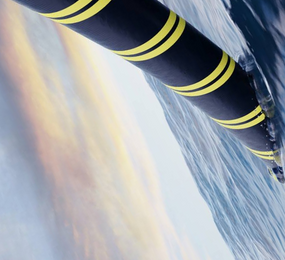A multi-level supply chain has numerous challenges. Even having sight of the network stakeholders can seem impossible at times since businesses must operate quickly. Additionally, consumers now expect companies they purchase from to have a deep understanding of product journeys.
When it comes to supply chain sustainability, many businesses only concentrate on their tier one suppliers. However, because each level of the supply chain involves a unique set of risks, procurement teams must assess their operations at tiers two, three, and beyond in order to address ESG performance holistically.
The multi-tier supply chain is a single network with a variety of connections between customers and suppliers. Due to globalisation, cutting costs, downsizing capital investments, and releasing products to market before the competition are now vital strategic goals. But a lack of visibility is inherently linked to risk and a lack of control. The key to planning and execution in a multi-tier supply chain is located beyond the company's boundaries, thus any problems are out of its control. In the majority of cases, visibility ends after Tier 1 suppliers.
A multi-tier strategy entails closely evaluating the performance of your whole supplier network for ESG performance, right down to the source, after you have looked past your first tier of suppliers. This will enable you to monitor certification status, track products back to their place of manufacture, and make sure that resources are ethically and legally supplied.
Although it is challenging to achieve visibility into a multi-level supply chain, doing so can have significant benefits for everyone involved.
-
Innovation and collaboration.
-
Respond to risk: Data can give you information that enables you to manage risk proactively. Although Covid-19 is unprecedented, it is far simpler to take action if a company is aware of how it affects suppliers on all levels.
-
Create a USP: If you understand every tier of the supply chain you could turn that into a unique selling point.
-
Improve resilience: Using data to get a better view of your network can highlight any existing weaknesses.
-
Sustainability.
Even while the best risk management strategies are proactive, businesses should still be ready to respond in an emergency. A multi-tier supply chain's visibility enables you to swiftly pinpoint a problem's root causes and implement workable solutions before it becomes out of control.
Find out more on effective supply chain risk management in multi-tier environments, on 30th - 31st may, 2023 at the Supply Chain Risk and Resilience Forum, in Berlin, Germany so you don't feel left out in the industry!
To register or learn more about the Forum please check here: https://bit.ly/3DsfWE4
For more information and group participation, contact us: [email protected]
















